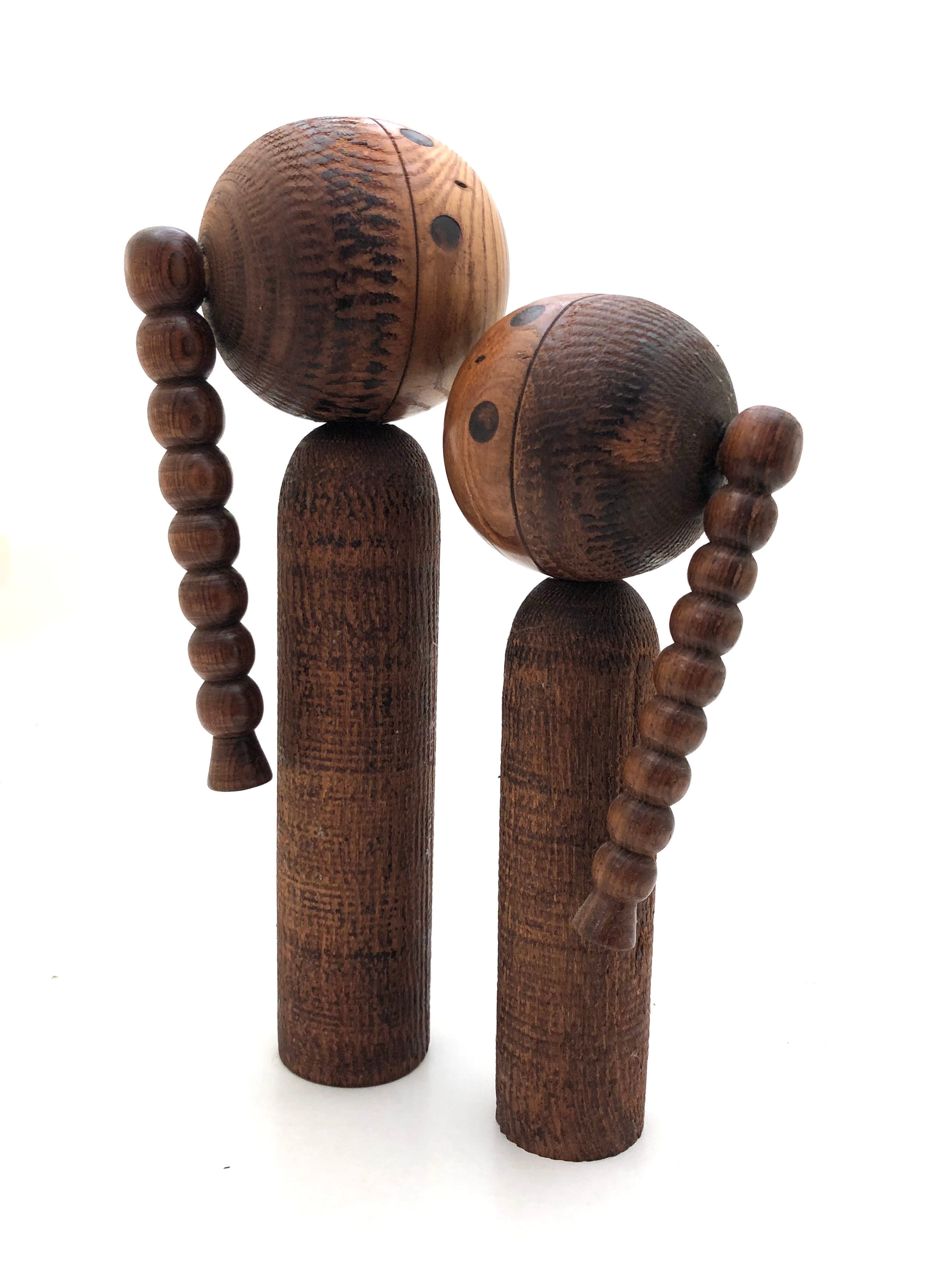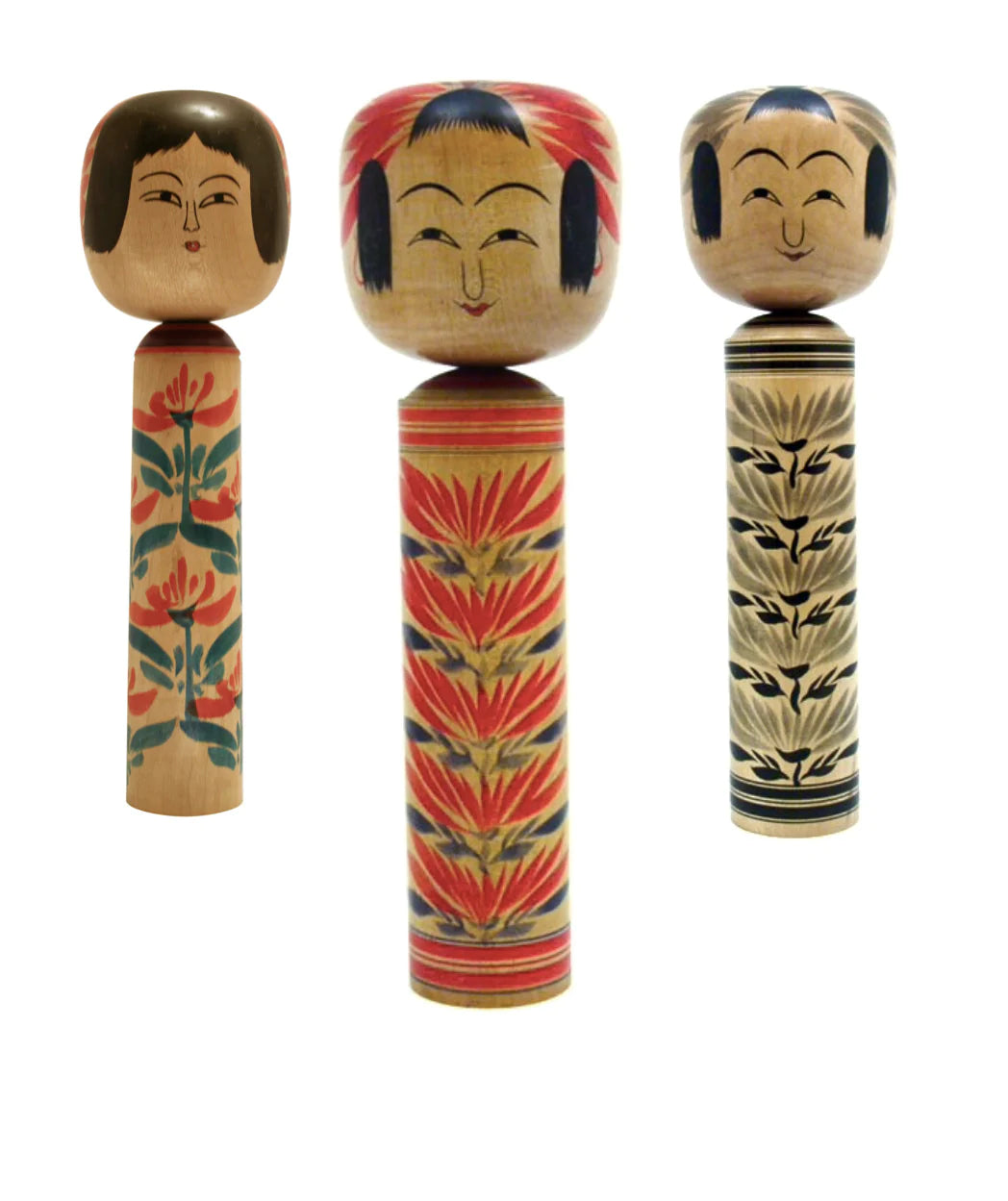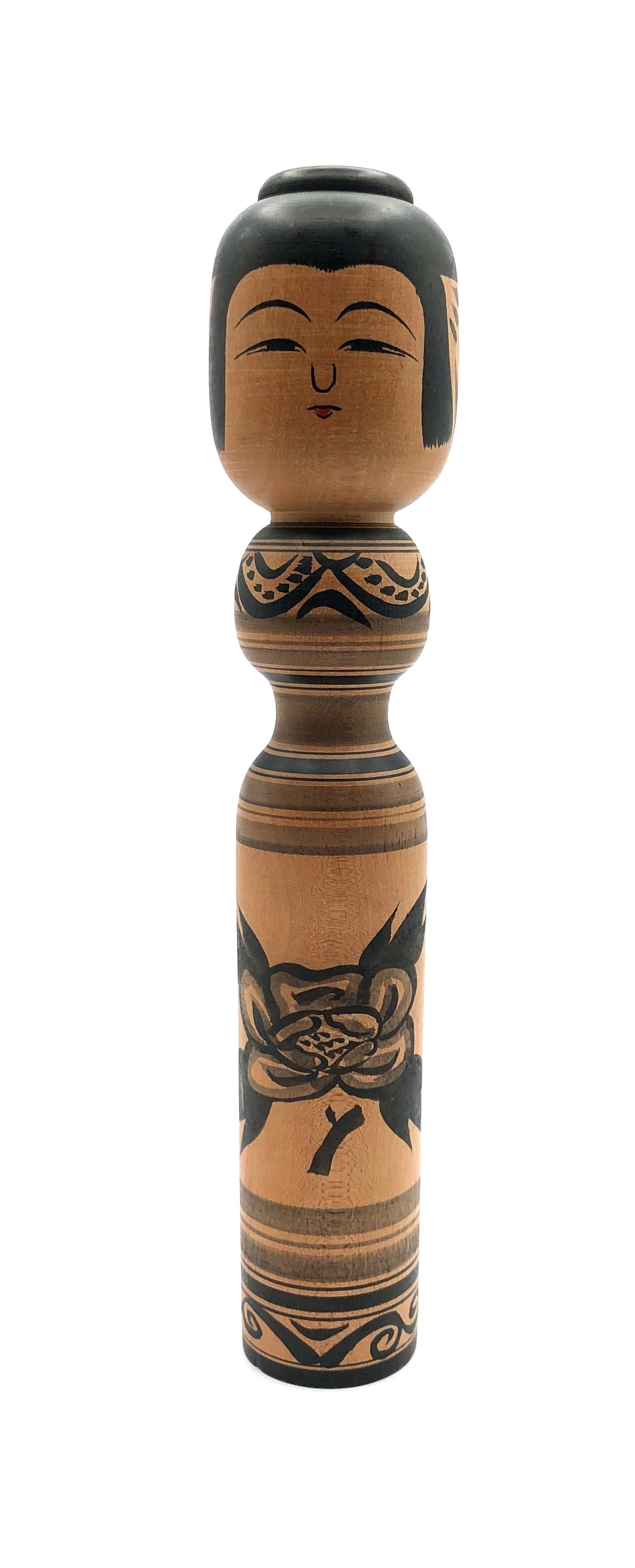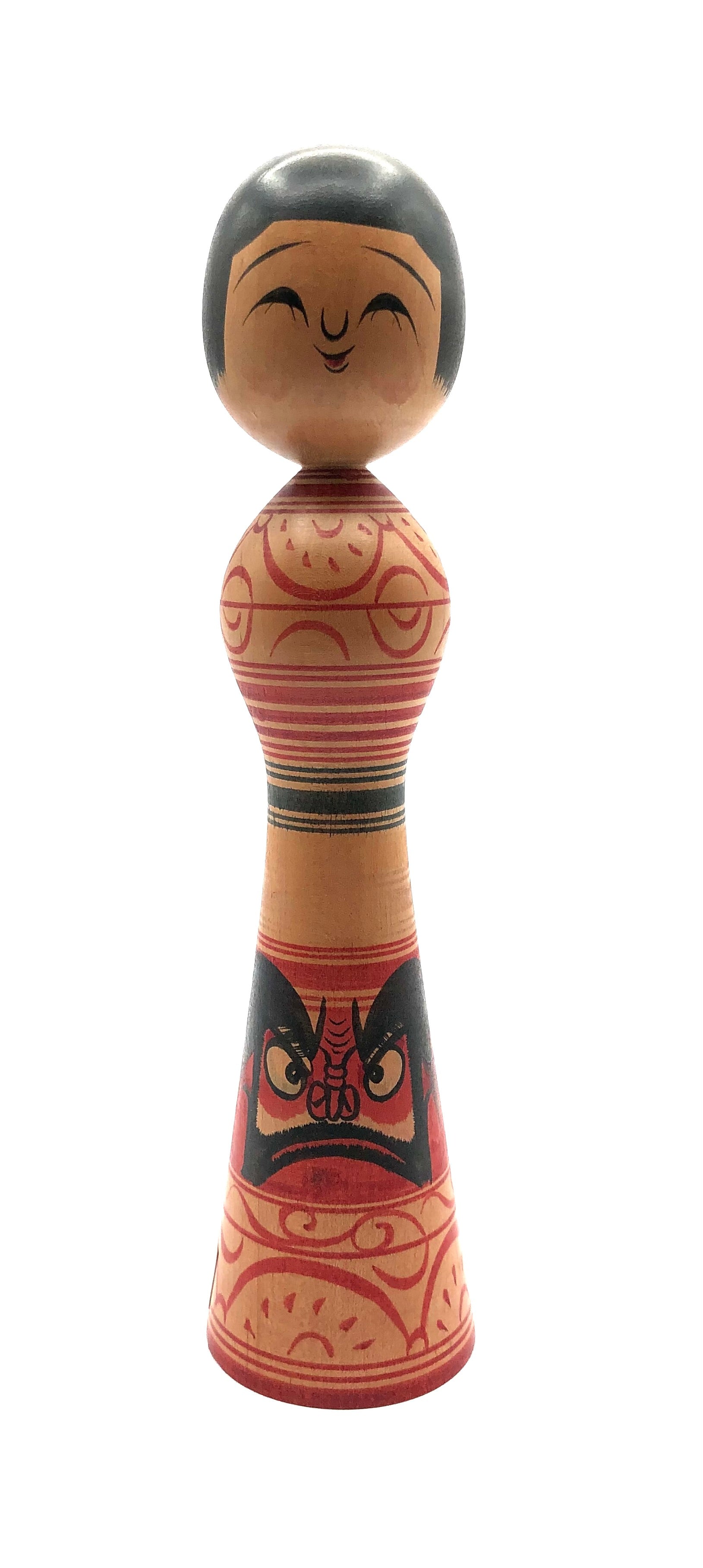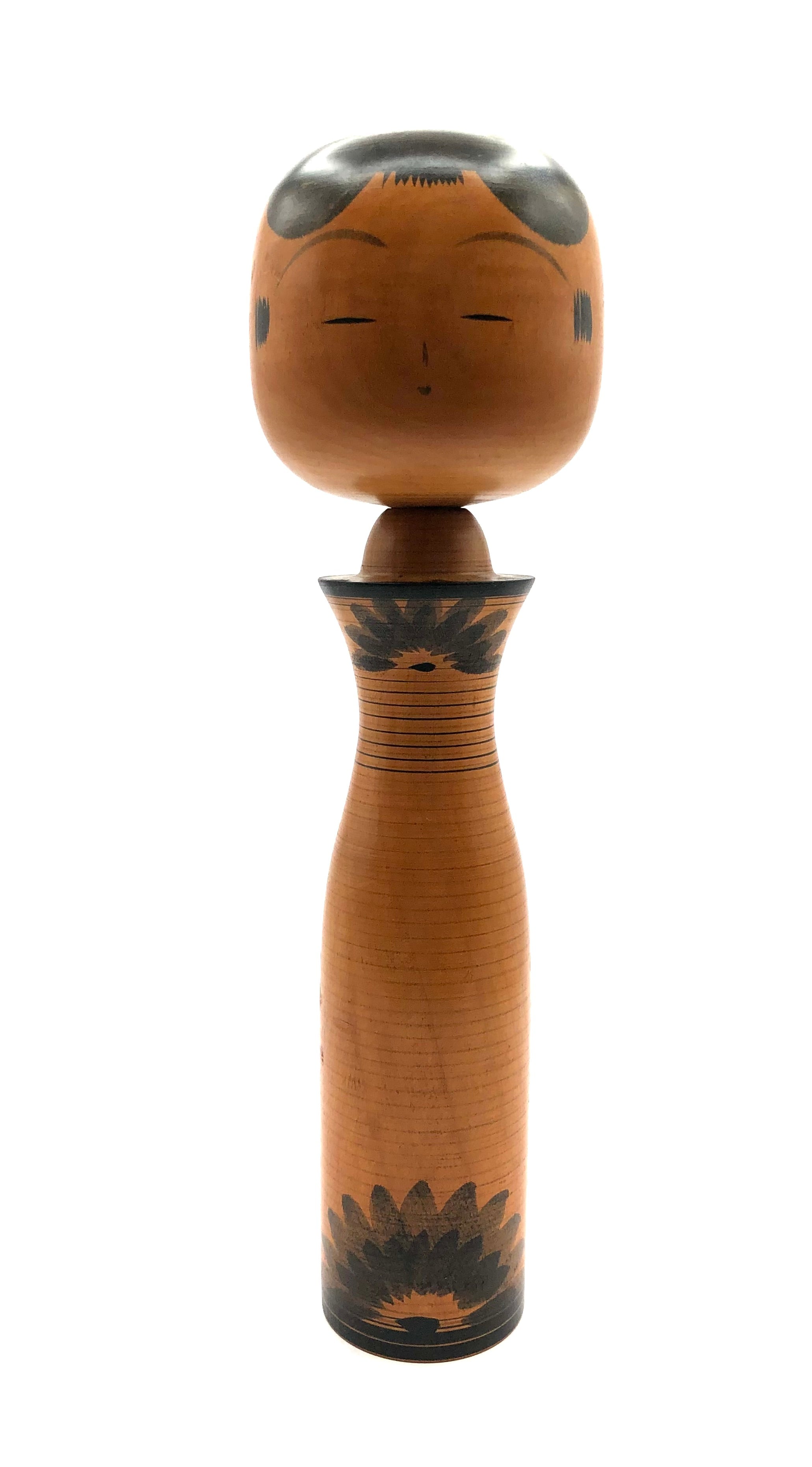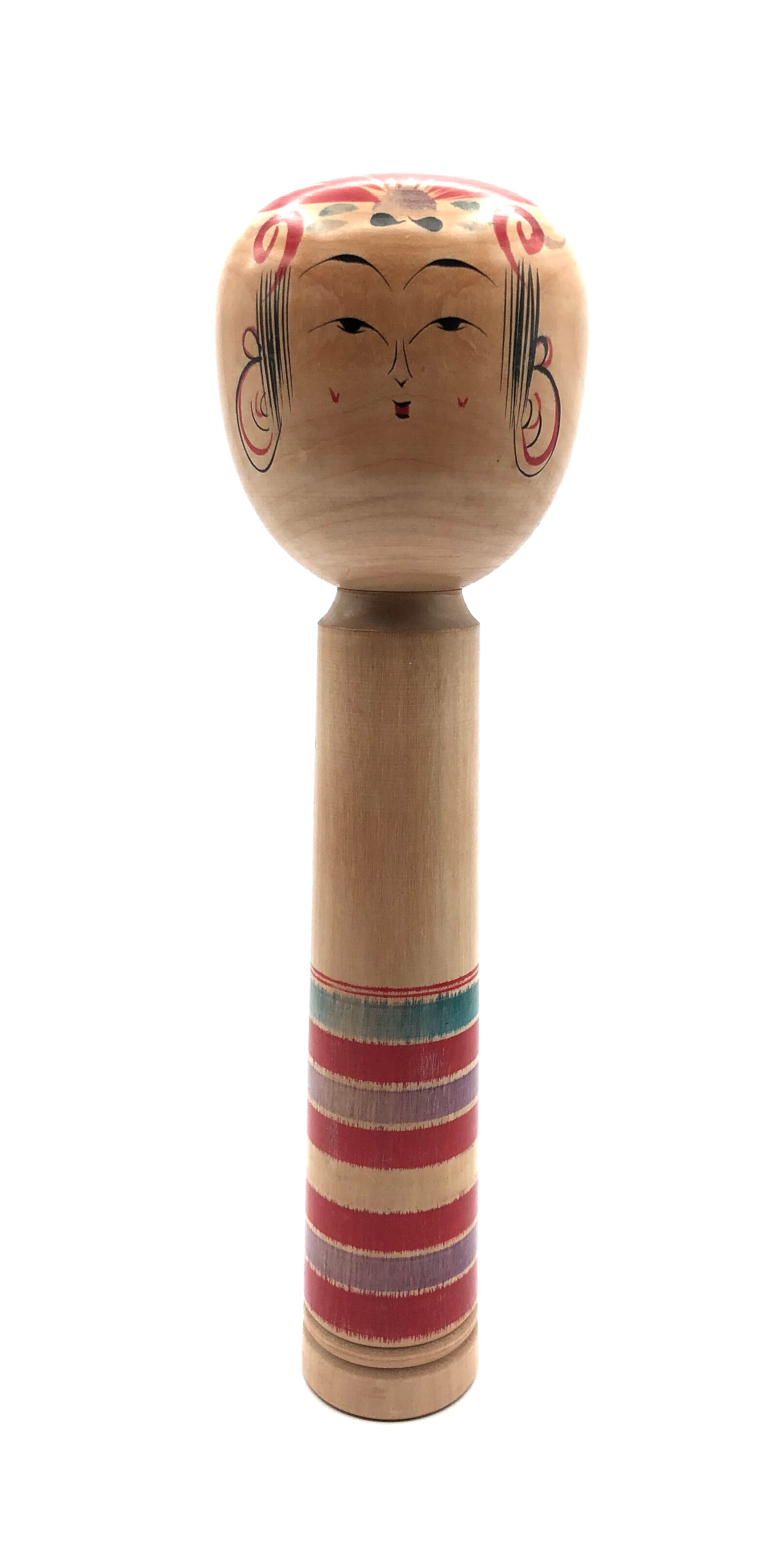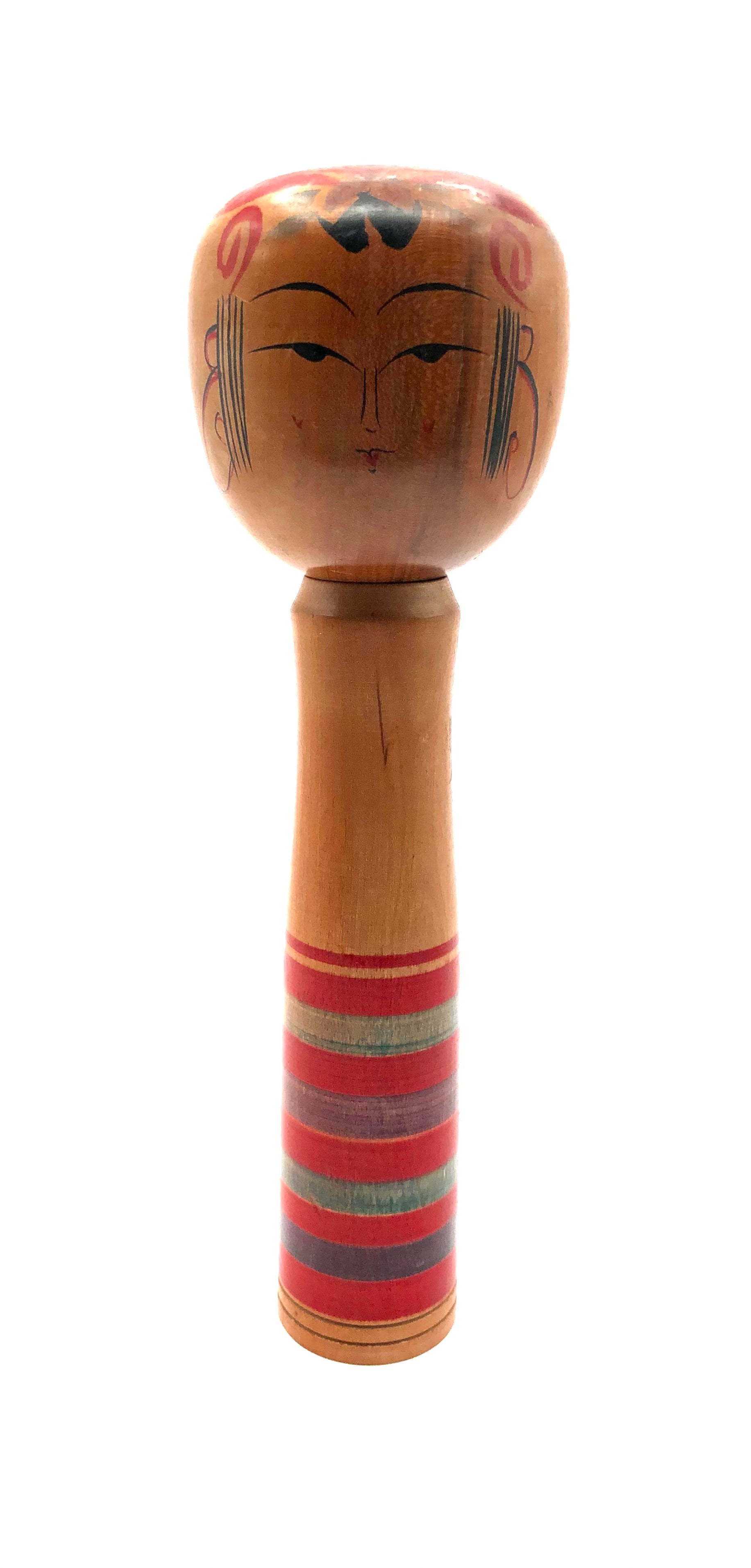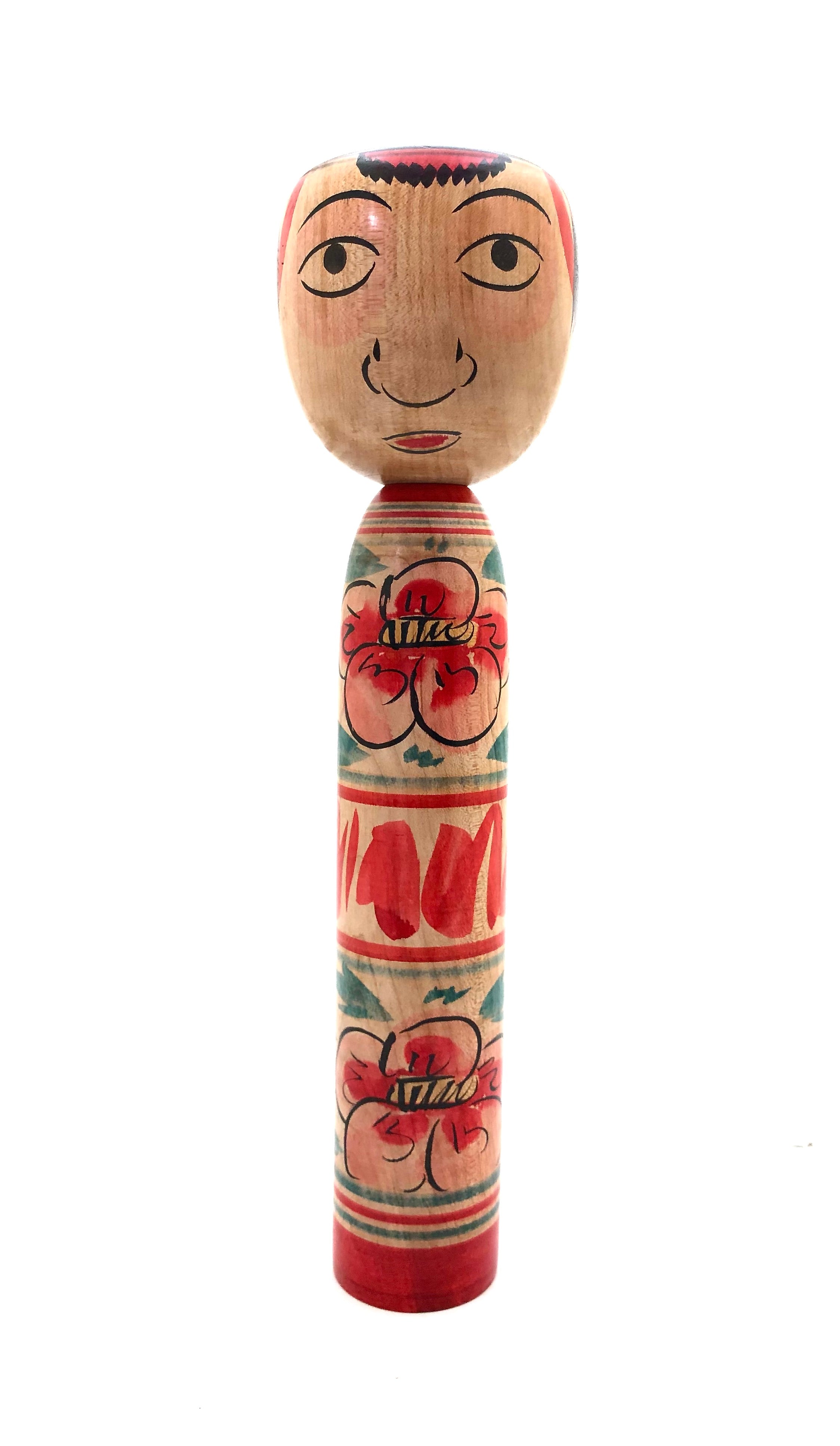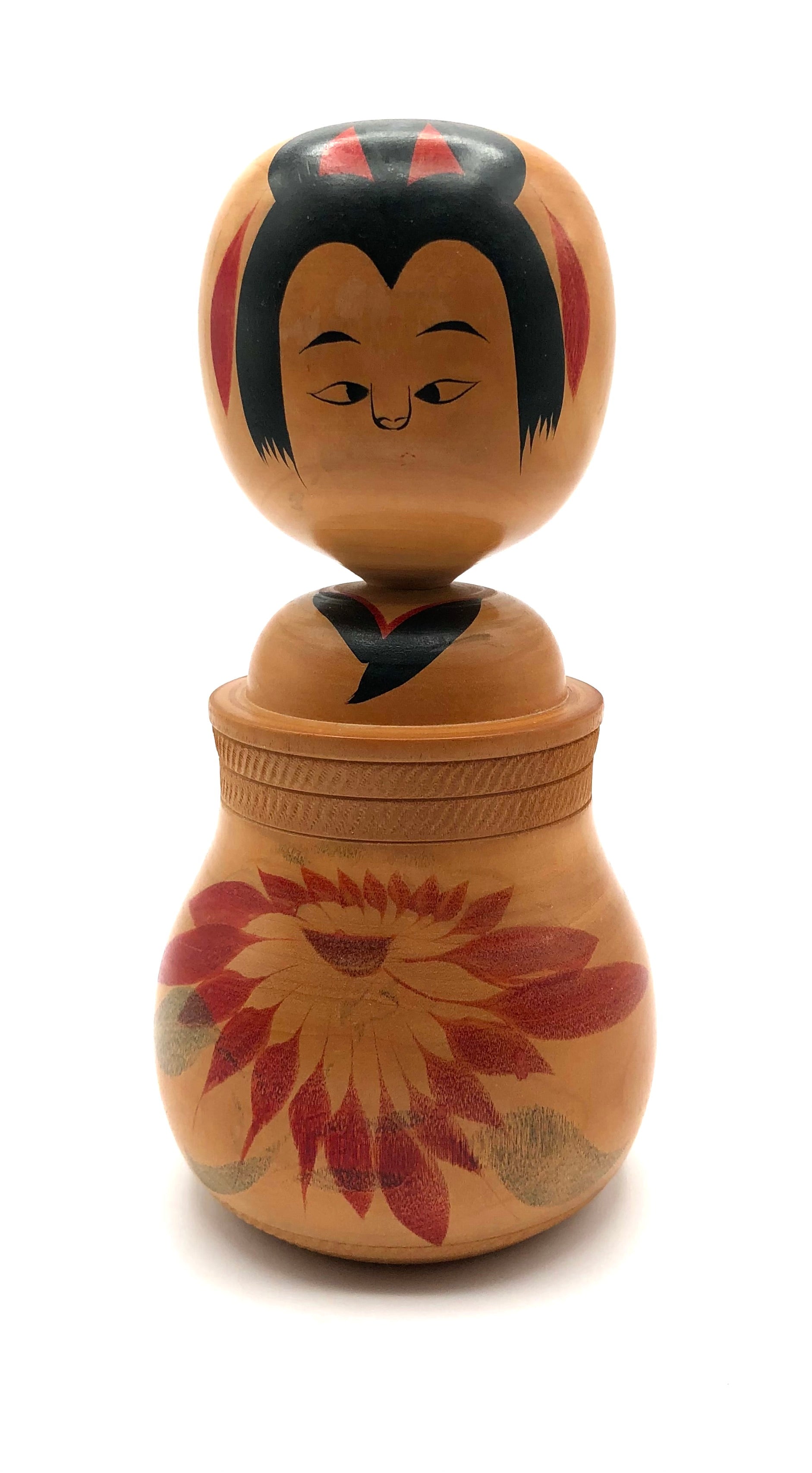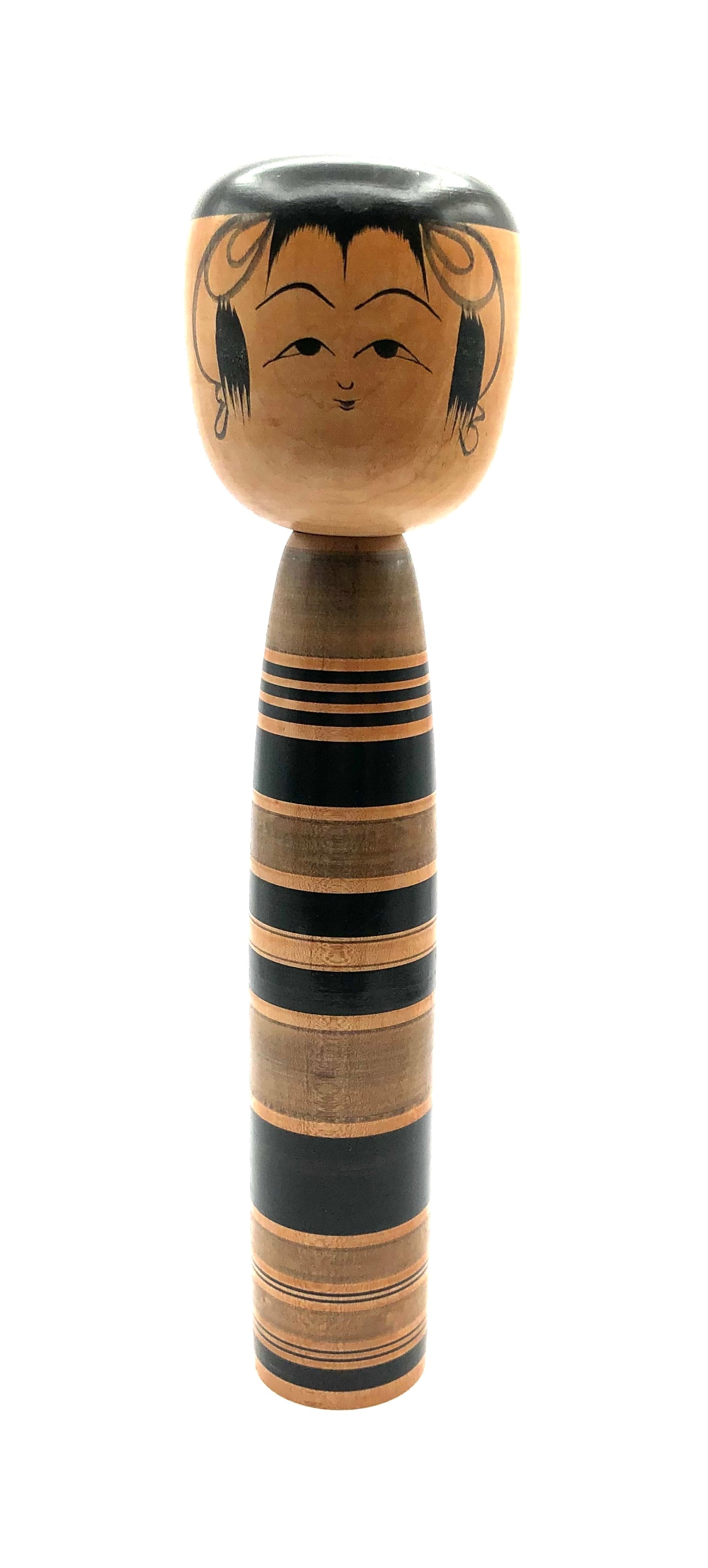Kokeshi Dolls - An In-Depth Guide
Introduction to Japanese Kokeshi Doll History
Traditional Kokeshi: The Families

The history of the traditional Kokeshi originated in the early 1800s, in the northern region of Japan known as Tohoku, an area comprised of six prefectures (Ken): Aomori, Akita, Iwate, Yamagata, Miyagi, and Fukushima. Miyagi is thought to be the actual birthplace of the Kokeshi doll, which is now considered the archetypical doll form of Japan. They were created to satisfy the desire of children to have something with which they could play as well as incorporating historical elements that parents wanted to pass on to their children. For a doll reduced to its simplest form, there are a wonderful range of variations on the spherical/cylindrical theme produced by the artists, with very distinctive facial features, head and body shapes, and painted patterns. These variations reflect the styles of the six different prefectures and the ten/eleven families historically associated with the making of these traditional Kokeshi wooden dolls.
Kokeshi Birthplace
Tohoku and Gunma
Kokeshi are 'created' by artists and craftspeople, and have features and styles unique to their own particular artist, craftsperson, local culture and region. The majority of Traditional Kokeshi come from the Tohoku region, while Creative, (Sosaku), Kokeshi were, and are, primarily made in Gunma prefecture.
Mingei Arts' collection of Traditional and Creative antique Kokeshi dolls were acquired beginning in 1998 after numerous visits to the wood carvers’ studios, associated retail shops, and onsens. As long time researchers and collectors of Japanese folk art we have found that Kokeshi and Kokeshi inspired toys continue to imbue a spiritual significance from their original beginnings.



